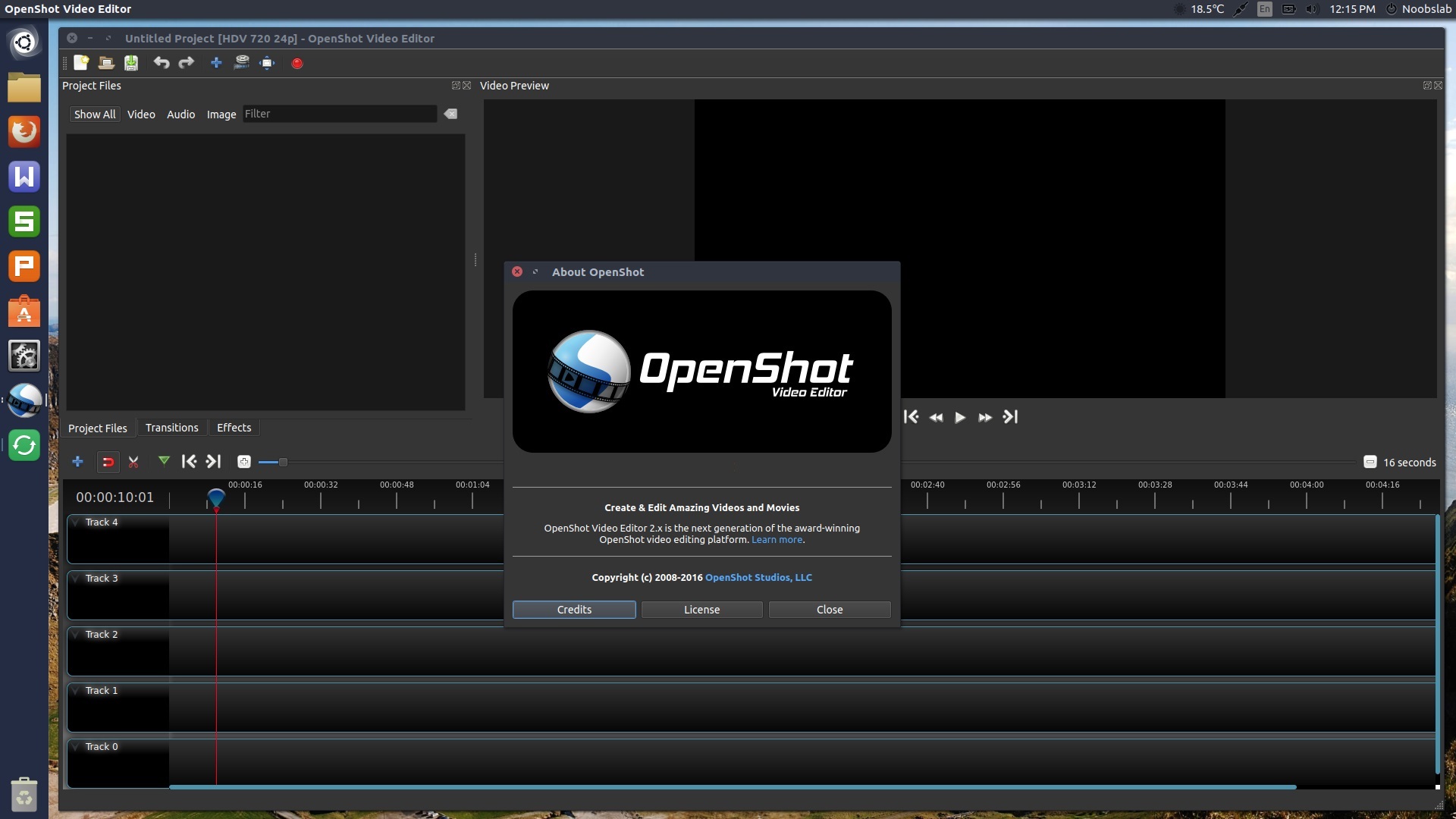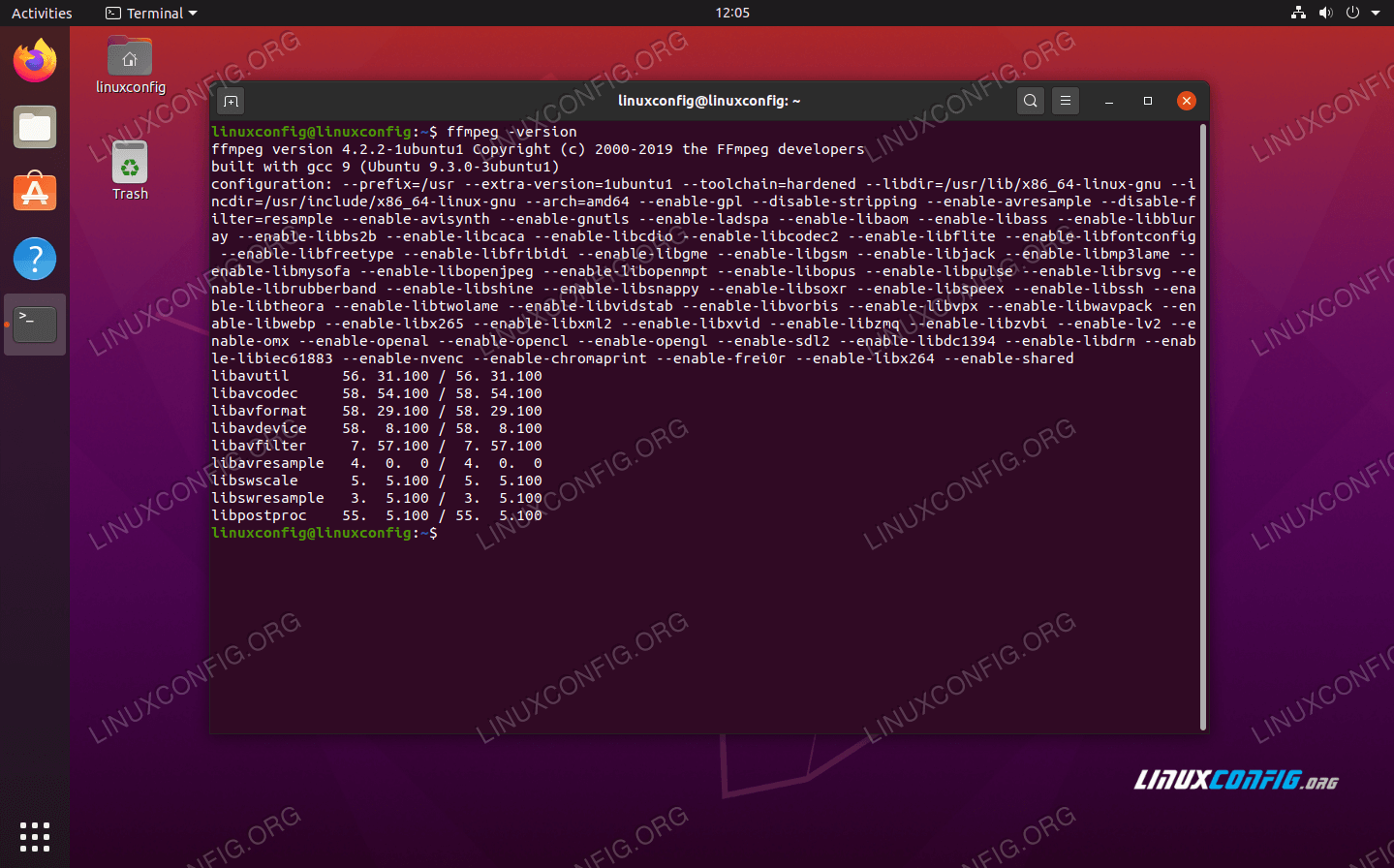

Please Check How to Add User to Sudoers to know more about providing sudo access to the User. You can check Top 22 YUM command examples in RedHat/CentOS 7to know more about yum command.Ĭ) You need to have root or sudo access to run privileged commands. Simple and Easy Steps to Install FFMPEG on RHEL/CentOS 7/8Īlso Read: 10 Easy Steps to Install psacct or acct User Activity Monitoring Tool on RHEL/CentOS 7/8 Step 1: PrerequisitesĪ) You need to have a running RHEL/CentOS 7/8 System.ī) You should have yum tool installed in your Server.

Here we will look into the steps in detail with examples to install ffmpeg utility on RHEL/CentOS 7/8. It is very frequently used by Multimedia Organizations to convert large RAW audio/video files to platform specific format file such as mpeg, mkv, webm, ogg etc. ffmpeg contains audio/video codec library and other important libraries to encode and decode multimedia files. ffmpeg is a free and open source command line tool in Linux based servers for handling video, audio and other multimedia files. > If there is any bug or suggestion to improve this script, feel free to mail me at this article, I will show you simple and easy steps to install ffmpeg on RHEL/CentOS 7/8. Save the file and run the following cagefs command to apply the change on the server We can add multiple file paths separated by commasĤ. You can get the path of a command using the below commandĪdd the command paths in the file. Paths=/usr/bin/ffmpeg, /usr/bin/ffprobe, /usr/bin/qt-faststart, /usr/bin/ffserver Add the path of the commands in the line starts with “paths=”. Open the file /etc/cagefs/conf.d/binutils.cfg in vi editor # vi /etc/cagefs/conf.d/binutils.cfgģ.


The following steps how to add #ffmpeg command to CageFS users in CloudLinux server.Ģ. If any server using CloudLinux, we need to enable additional commands to cageFS users in CloudLinux. “which” commands searches the ffmpeg path of executable in system paths set in $PATH Insta FFmpegĭone:- You are now able to run the #ffmpeg command from anywhere on the server. The output should look something like this:. After complete the installtion and run it below command and check what the latest version is # ffmpeg -version Execute the bash script # bash install.shĥ. To unpack a tar file using below command. Extract zip file and type “cd” command go to “muniments-master” directory # unzip master.zipģ.


 0 kommentar(er)
0 kommentar(er)
